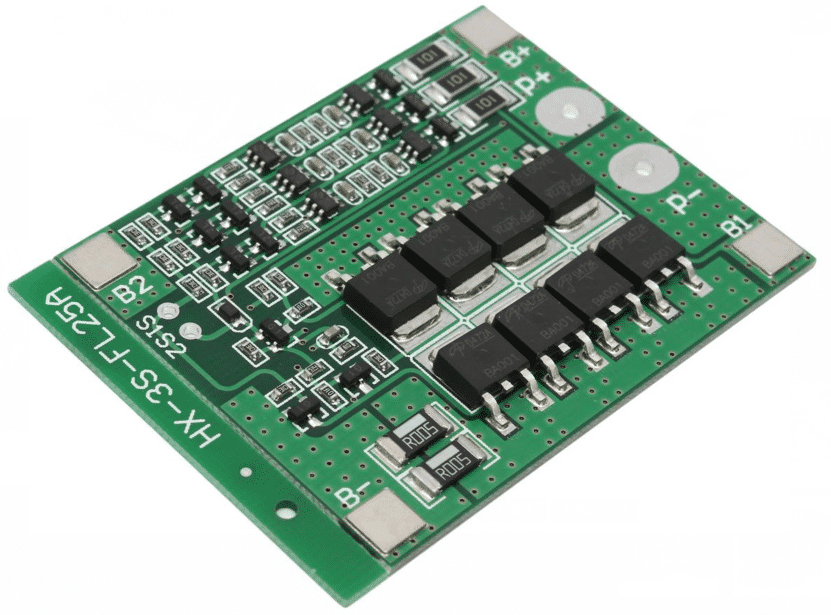About us
FASTPCBA Co.,Ltd
-
 Building 1, Senyang Electronic Technology Park, Guangming High-tech Park, Yutang Street, Guangming District, Shenzhen City.
Building 1, Senyang Electronic Technology Park, Guangming High-tech Park, Yutang Street, Guangming District, Shenzhen City.
-
 F:86-13418481618
F:86-13418481618
-
 [email protected]
[email protected]
 date:2019-08-12 14:40:26
date:2019-08-12 14:40:26
During turnkey pcb manufacturing, reflow soldering defects and solutions
The tombstone also known as the suspension bridge and the Manhattan phenomenon, refers to the surface assembly components of the two soldering ends. After reflow soldering, one of the ends leaves the surface of the pad, and the whole component is obliquely or erect
Several common tombstone conditions are analyzed as follows.

(1) Improper mounting accuracy during turnkey pcb manufacturing. Under normal circumstances, the component offset generated during mounting, surface tension generation due to the solder paste melting during reflow soldering, and the component is automatically positioned, that is, self-aligned. However, if the offset is severe, pulling will cause the component to erect and create a tombstone phenomenon. In addition, the viscosity of the solder paste on both ends of the component is different, which is one of the reasons for the phenomenon of tombstone. The solution is to adjust the placement accuracy of the placement machine to avoid large components deviation.
(2) The pad size design is unreasonable during turnkey pcb manufacturing. If the pair of pads of the chip component are asymmetrical, the amount of solder paste that is missing will be inconsistent, the small pad will respond quickly to temperature, the solder paste on the pad will melt easily, and the large pad will be opposite, so for small pad after the solder paste on the pad is melted, the component is straightened and erected under the action of surface tension, resulting in a tombstone phenomenon. The solution is to make the pad design in strict accordance with the standard specifications to ensure that the shape and size of the pad pattern are exactly the same. At the same time, when designing the pad, under the premise of ensuring the strength of the solder joint, the pad size should be as small as possible, and the tombstone phenomenon will be greatly reduced.
(3)The solder paste is applied too thick during turnkey pcb manufacturing. When the solder paste is too thick, the probability of solder paste on the two pads not being melted at the same time is greatly increased, resulting in an unbalanced surface tension of the two solder joints of the assembly, resulting in a tombstone phenomenon. On the contrary, when the solder paste is thinned, the probability of the solder paste on both pads melting at the same time is greatly increased, and the tombstone phenomenon is greatly reduced. The solution is: since the thickness of the solder paste is determined by the thickness of the stencil, a thinner stencil should be used.
(4) Insufficient preheating during turnkey pcb manufacturing. When the preheating temperature is set low and the preheating time is set to be short, the probability that the solder paste at both ends of the assembly cannot be melted simultaneously is greatly increased, resulting in an imbalance of the surface tension of the two welded ends of the assembly and tombstone phenomenon. The solution is to correctly set the preheating technics parameters and extend the preheating time.
(5) There are defects in the design of the arrangement direction of the components during turnkey pcb manufacturing. If, one of the soldering ends of the chip passes through the reflow area during reflow soldering,, the solder paste melts first, and the other solder joint does not reach the melting temperature, then components are straightened up and erected to create a tombstone that the first soldered end under the action of surface tension. The solution is to ensure that the two soldered ends of the chip component enter the reflow soldering area simultaneously, so that the solder paste on the solder pads on both ends is simultaneously melted.
(6) The component quality is lighter during turnkey pcb manufacturing. The lighter component has a higher incidence of tombstones because the unbalanced surface tension at the ends of the assembly can easily pull the component.
 Building 1, Senyang Electronic Technology Park, Guangming High-tech Park, Yutang Street, Guangming District, Shenzhen City.
Building 1, Senyang Electronic Technology Park, Guangming High-tech Park, Yutang Street, Guangming District, Shenzhen City.
 F:86-13418481618
F:86-13418481618
 [email protected]
[email protected]